Talc vs. Calcium Carbonate Filler: Which One Is Better?
Talc vs calcium carbonate filler are production favorites, being employed extensively to add strength, hardness, and ease of processing inexpensively. Favored by manufacturers, these fillers improve the performance of plastics, save resin cost, and streamline production across multiple industries. It is important to understand how they are different so that the proper material can be applied to get the best balance of quality and cost. Continue to learn what filler is most appropriate for you and how you can use it to enhance your products right below!
1. Overview of Talc vs. Calcium Carbonate Filler
Talc vs calcium carbonate filler are two fillers widely used in a variety of manufacturing industries today. These fillers perform important functions in enhancing product performance, improving production processes, thereby bringing great efficiency in optimizing costs.
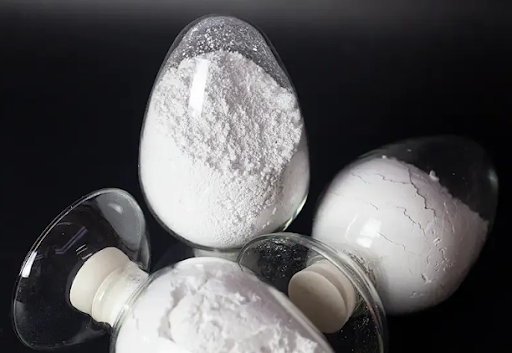
Talc filler is an important contributor to the increased durability and reliability of plastic products
Talc filler is undoubtedly one of the most common plastic fillers. Because of its soft sheet structure, talc will impart excellent reinforcement properties in diverse manufacturing processes.
As a filler in plastics, talc offers superb hardness, impact resistance, and dimensional stability. Talc is also useful as a coating and lubricant because it reduces friction and improves heat resistance. All of these advantages elevate talc filler as an important contributor to the increased durability and reliability of plastic products.
This flexibility in mechanical strength accentuates the processing advantages, making talc not just a filler but also a performance enhancer. Therefore, manufacturers can produce in a more environmentally sustainable way.
Read more: Talc filler masterbatch: Components, properties, and applications
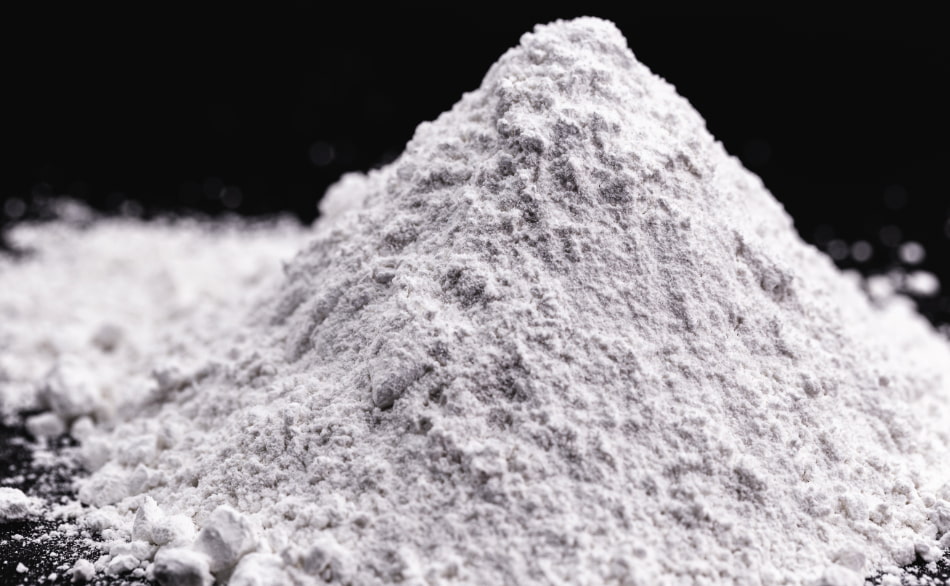
Calcium carbonate filler is excellent in providing whiteness and surface smoothness levels
Calcium carbonate (CaCO₃) is a filler that finds widespread application derived from limestone, marble, or chalk. It is appreciated for high brightness and fine particle size which offers good aesthetics and structure improvement.
Playing a filler role in plastic, calcium carbonate adds rigidity and impact strength to plastic materials while still ensuring lightweight for the products. The filler is excellent in providing whiteness and surface smoothness levels needed for a variety specific applications. Another outstanding feature is low cost, which allows manufacturers to save a large amount of expensive virgin resin when still producing high-quality products.
Where affordability meets structural and visual enhancement, in fairness, calcium carbonate is one material that will always be ahead in manufacturing industries that require both performance and cost-effectiveness.
Read more: What is calcium carbonate filler? What characteristics do they have?
2. Comparing Talc vs. Calcium Carbonate Filler
Talc vs calcium carbonate filler are essential fillers in the plastic manufacturing industry. While they share similarities in enhancing material performance, their differences make them suitable for distinct purposes. Let’s get into details of some key comparisons below.
2.1. Effects on Plastic Properties
Talc vs calcium carbonate filler are studied extensively in modifying plastic properties in terms of mechanical and physical characteristics. Talc vs calcium carbonate filler can alter and improve plastic products to meet different customer needs. By taking into consideration the filler type, plastic products can be designed to meet performance requirements of durability, flexibility, heat and impact resistance.
| Type of fillers |
Talc filler |
Calcium carbonate filler |
| Plastic properties effects |
Increased stiffness: Improves the rigidity and hardness of the plastic.
Improved dimensional stability: Reduces the risk of warping or shrinking.
Enhanced impact resistance: Boosts the material's ability to withstand sudden force.
Improved heat resistance: Provides better thermal stability, especially in high-temperature environments.
Reduced friction: Acts as a lubricant, improving processing efficiency and mold release.
Lower thermal expansion: Minimizes expansion and contraction when exposed to temperature changes.
Improved wear resistance: Enhances durability against surface abrasion and long-term use.
Enhanced chemical resistance: Provides better protection against certain chemicals.
Better fatigue resistance: Helps maintain performance under repetitive loading conditions. |
Increased rigidity: Enhances the strength and stiffness of the material, making it less flexible.
Improved impact strength: Increases resistance to breaking or cracking under stress.
Enhanced opacity: Provides better white color and opacity, especially in films and coatings.
Reduced shrinkage: Lowers the risk of shrinkage during the cooling phase of manufacturing.
Improved surface smoothness: Contributes to a more uniform and smoother finish.
Increased heat deflection temperature: Offers some improvement in heat resistance for applications that involve moderate temperatures.
Enhanced barrier properties: Improves the plastic's resistance to moisture and gas permeation. |
Talc vs calcium carbonate filler can be analyzed for good reinforcement. However, heating resistance and dimensional stability are preferred for talc filler applications. With surface smoothness and enhanced opacity responsible for the applications, calcium carbonate filler is more preferable.
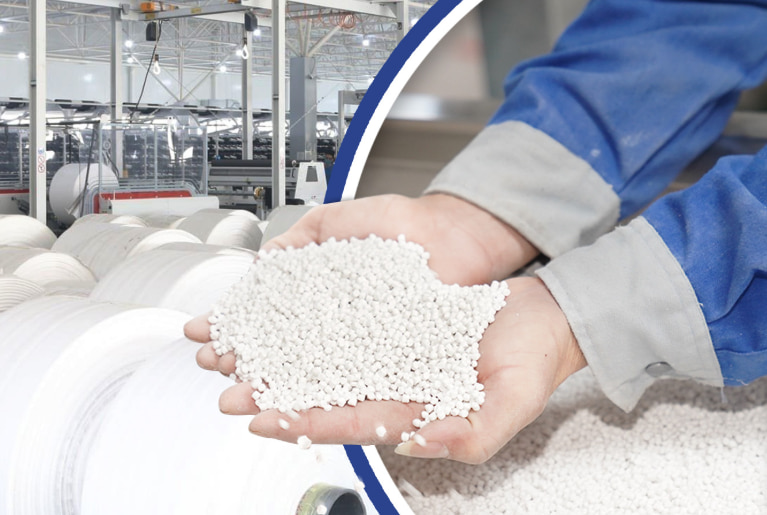
Talc vs calcium carbonate filler can alter and improve plastic products to meet different customer needs
2.2. Processing Efficiency
Processability is understood as the easy melting, molding, or extrusion of the material when in manufacturing. The usage of either talc vs calcium carbonate filler aid to a great extent in this operation. The shorter the processing cycle time, the less energy used and materials wasted during production, which, in turn, to a greater extent affects the efforts in reducing production costs.
Talc filler: The soft and flexible lamellar structure of talc acts as a lubricant facilitating the reduction of friction during manufacturing. It is well suited to many processes such as injection molding, extrusion, etc., thereby minimizing wear on the machinery.
Calcium carbonate filler: It has fine particles that help in the dispersion of the raw materials and fluent flow of plastic materials. This property helps in achieving smooth processing for the blow molding products or thin film forming processes.
Thus, both talc vs calcium carbonate filler contribute to the efficiency of manufacturing processes. Talc helps in processing by minimizing the friction and ease of demoulding. Calcium carbonate fillers enhance dispersion, resulting in an even surface appearance.
2.3. Cost effectiveness
In choosing talc vs calcium carbonate filler, cost is always the top factor to consider. Material costs will directly affect the total cost of production, so it needs to be carefully calculated. The price of fillers depends on factors such as raw material availability, processing and transportation costs. Talc vs calcium carbonate filler significantly saves production costs while maintaining product performance.
Talc filler: It is often more expensive because the mining and production factors are somewhat more sophisticated. However, their excellent reinforcing properties will save a lot of wasted energy during product processing. They are always appreciated for bringing cost efficiency in the production process thanks to this optimal feature.
Calcium carbonate filler: It is more affordable. Currently, they are widely distributed in the market at a very reasonable price, so they are suitable for both small and medium-sized to large-scale production. Due to their affordable price, they are always a cost-effective option for most manufacturers.
It can be seen that although talc offers enhanced performance, it comes at a higher price, while calcium carbonate filler is a more budget-friendly alternative.
2.4. Availability
Availability refers to the ease and abundance of talc vs calcium carbonate filler that can be found globally. Availability will directly affect the price stability of the product supply chain. In addition to cost, reliable supply also helps ensure consistent production without delays or cost fluctuations due to supply shortages.
Talc filler: This type has a lower level of availability because they are not easily found in mass supply sources. One of the main reasons is that they require specialized mining processes, so the supply will depend heavily on the mining area and location.
Calcium carbonate filler: This type is more easily found in the market. They are widely available and easier to mine in limestone and chalk mines. This is also a major factor contributing to a stable supply chain and stable costs.
For both talc vs calcium carbonate filler, finding a reputable and reliable source is essential. A reputable supplier will ensure the stability of supply, avoiding out-of-stock or shortage situations that lead to uneven production. In addition, leading companies can ensure product availability, contributing to the stability of investment prices.
3. Which One Should You Choose?
Both talc vs calcium carbonate filler offer significant benefits to the manufacturing processes of many key industries today. The choice of talc vs calcium carbonate filler can take into account the following important factors.
3.1. Environmental Operating Conditions
The environmental operating conditions of a product refer to the external conditions in which the product will operate such as temperature, humidity, mechanical stress and chemical exposure. Talc vs calcium carbonate filler can provide different levels of protection and stability in these conditions.
For high temperature applications, talc filler is a better choice because it improves heat resistance and dimensional stability. Some typical applications include automotive body parts, home appliance housings or industrial machine parts.
For applications that require weather resistance, calcium carbonate fillers are often preferred because they maintain their properties well under changing weather conditions. These include applications such as outdoor furniture, window coverings and some other outdoor equipment.
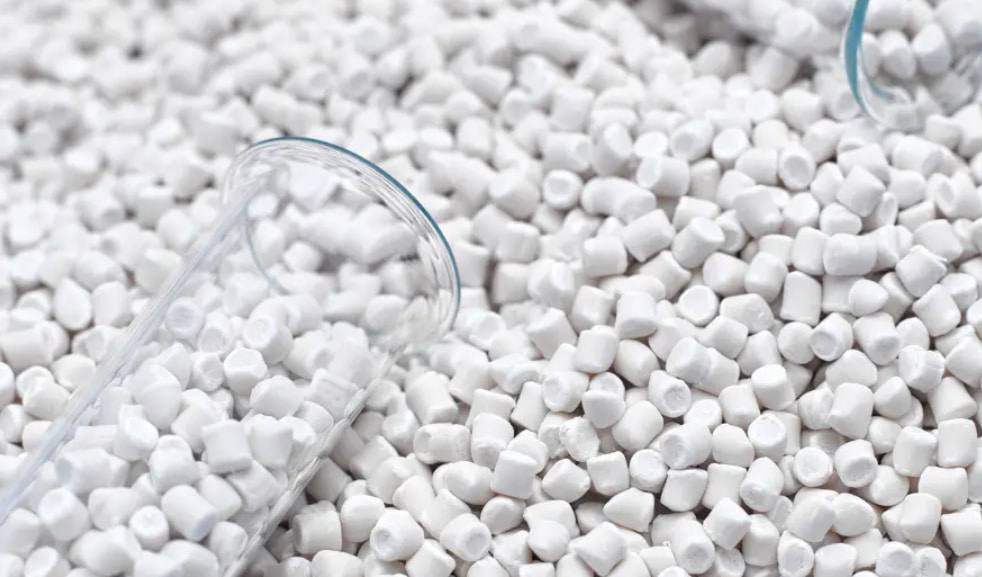
Both talc vs calcium carbonate filler offer significant benefits to the manufacturing processes
3.2. Product Performance Requirements
Different industries and applications require different material properties. The top concerns of many manufacturers today include durability, flexibility, surface finish or cost-effectiveness. To meet these requirements, choosing the right filler is essential.
If the manufacturer is producing parts with high requirements for hardness and strong structure, calcium carbonate filler is preferred because of its ability to increase hardness while keeping costs low.
If the company needs high impact resistance and improved dimensional stability, talc filler is a better choice due to its excellent reinforcing properties.
4. Conclusion
Talc and calcium carbonate fillers are very important in present-day manufacturing, with the potential to improve strength, durability, and process efficiency for plastic products. By their ability to upgrade product performance while reducing consumption of expensive raw materials, these fillers become crucial across industry.
On the cost-efficiency grounds, calcium carbonate is mostly the less expensive product to manufacturers. Talc provides better reinforcement and thermal resistance and is therefore the preferred product in applications where mechanical properties are involved. Selection of the most appropriate between talc vs calcium carbonate filler based on a combination of environmental conditions, performance requirements.
5. About EuroPlas’ Filler Masterbatch
EuroPlas is proud to be a world-leading filler masterbatch supplier with many years of experience. We bring high-quality products manufactured through the most advanced techniques and machinery.
EuroPlas filler masterbatch is meticulously designed to achieve the most accurate properties in plastic products. In addition, EuroPlas team of highly technical experts enthusiastically discuss and consult with customers to research and develop filler masterbatch products that best suit each project's specific requirements.
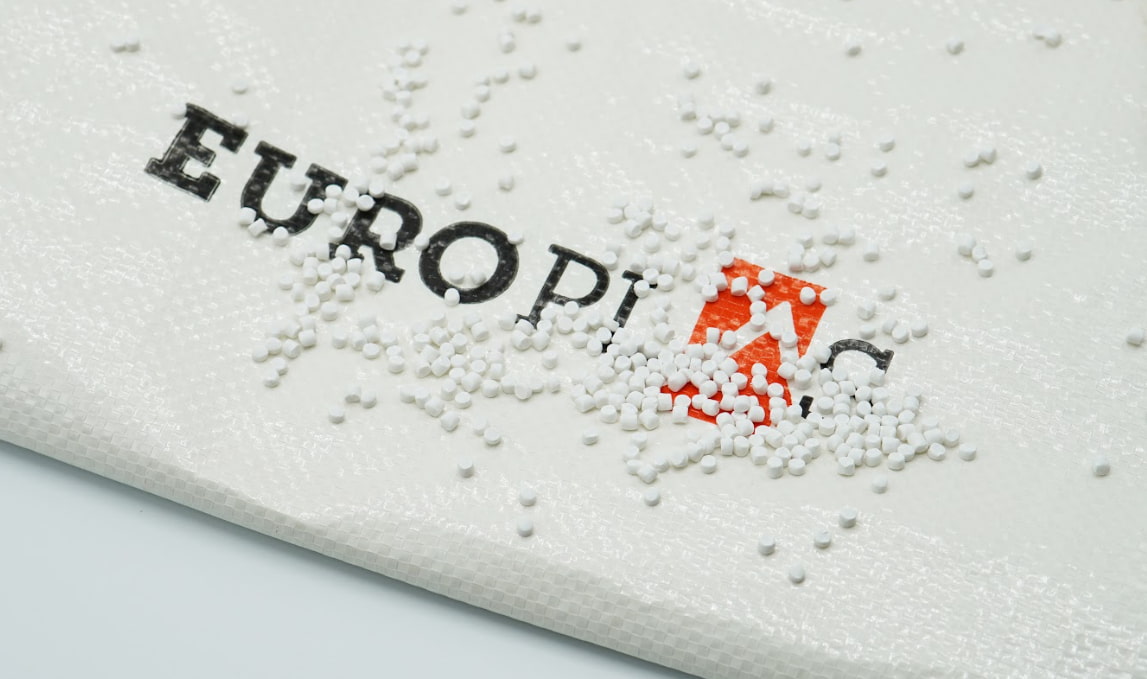
EuroPlas filler masterbatch is meticulously designed
EuroPlas has a variety of filler masterbatch and is confident that it can meet the diverse requirements of customers. Here are some impressive lines:
To receive useful advice and access high quality products, contact EuroPlas now!